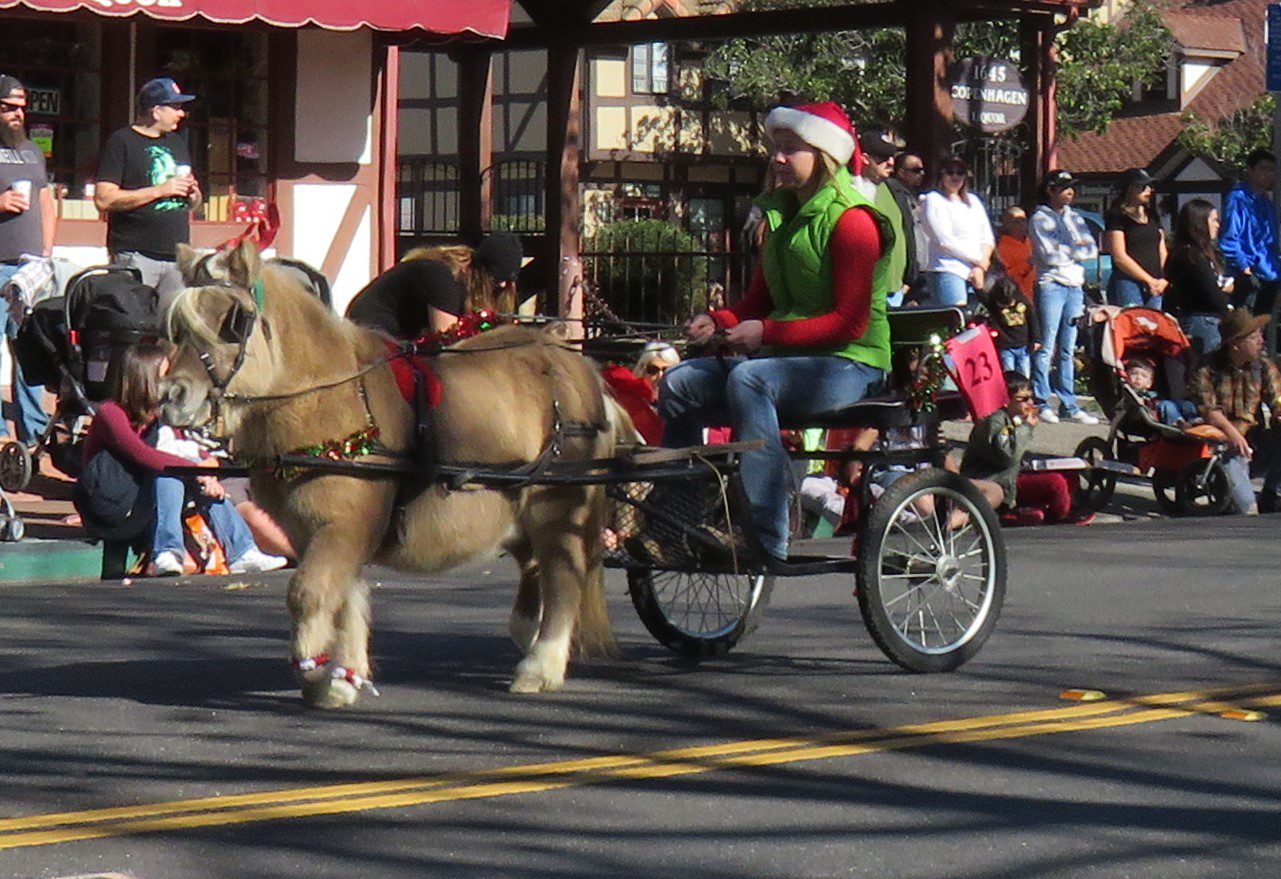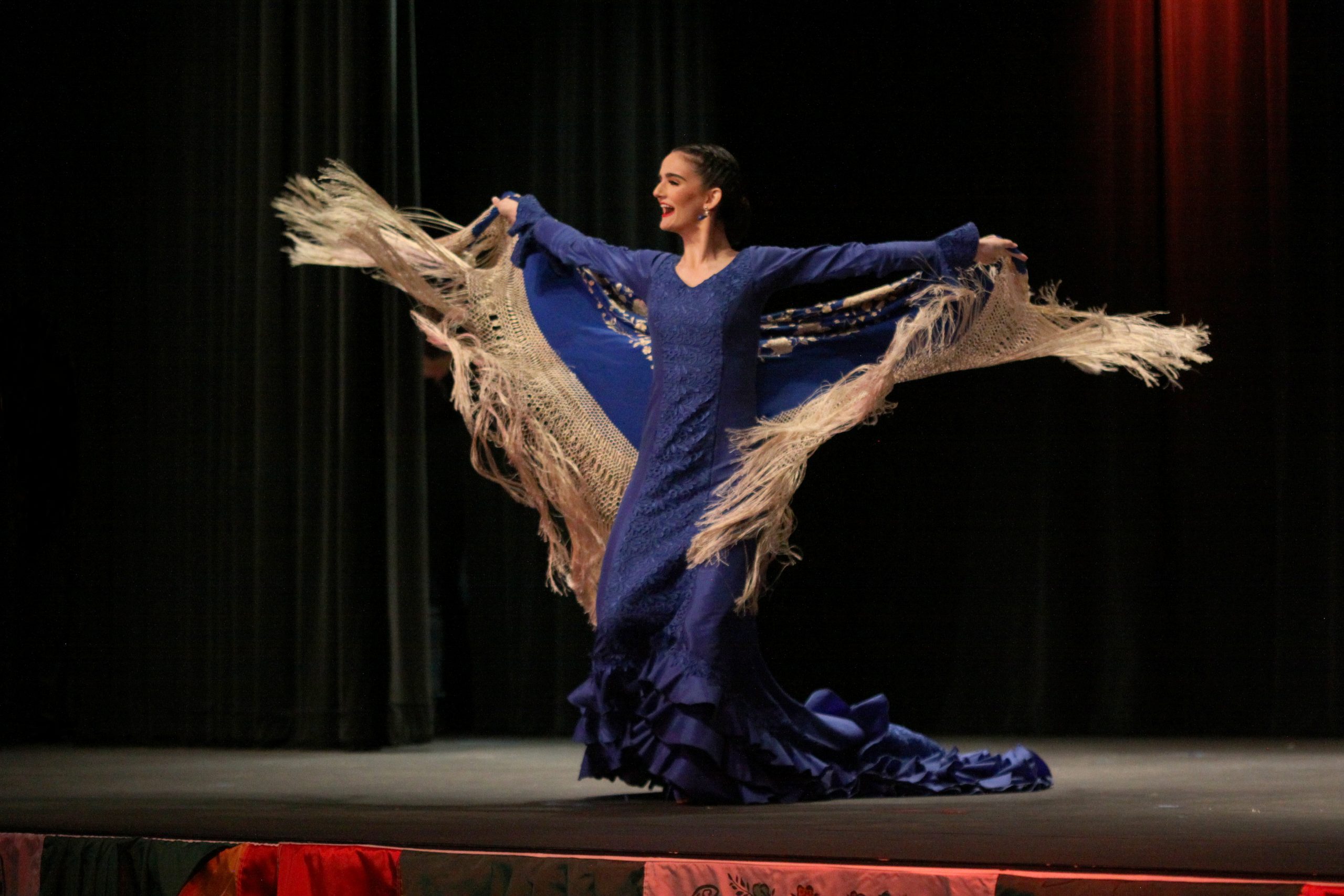By Sheila Benedict
This has been a very warm summer with no real relief in sight for long periods. That makes it a good time to work at your computer in a cool room or go visit a genealogical, historical, university, or any other library and, while cooling off, work on some records that we all need but do not necessarily always love.
A simple definition of vital records is that they are government-registered records of people’s life events and include birth certificates, marriage licenses and death certificates. It sounds easy enough for a genealogist to find all the reliable information needed in these three records to complete an accurate story of the person. Wrong! Yes, it is true, genealogy is best done with records generated closest to an event and certainly a birth record, for example, of a newborn couldn’t be any closer.
The ways that jurisdictions record information may vary, so the following are examples and some questions may be different.
A birth certificate has a child’s name, date of birth, time of birth, sex of child, child’s weight and length at birth; parents’ names, ages, and addresses; doctor’s name, hospital or home birth location, registration area (city, county, etc.) and file number.
The parents’ marriage certificate should have both names, dates of birth or ages, residence, parent’s names, where and by whom married, registration area and file number.
The death certificate for one or both of the parents has the name of deceased, date of death, date of birth, place of death, place of birth, informant and relationship to the deceased, cause of death, burial and mortuary information, registration area and file number.
All of these documents were completed at the time of the event. Further investigation of all three documents can reveal different dates, a middle name not listed on one of the other, parents of the bride and/or groom listed differently on marriage and death certificates.
It is time to analyze, correlate, and prove what is accurate and what is not. What evidence of birth date is likely correct? What names of parents correct? Who was the informant on the death certificate? Was that person’s knowledge of birthdate reliable? Quite often the death information informant has little or no knowledge of birth or marriage data.
Those three records are not enough to prove a person’s background. They are the “bones” of the person’s history, but now it is time to put some “meat” on those bones. Many more records need to be located, such as a will, census records, an oral history, naturalizations, travel documents, military records, an obituary, work records, and the list goes on.
A person is not defined by birth, marriage and death; a person is defined by many other life events. Vital records are just that – vital – and must be located if possible.
In thorough genealogical research when is enough, enough? Never.
Sheila Benedict is a professional forensic and family genealogist. Send questions to news@santaynezvalleystar.com so they can be answered in future issues.





